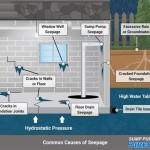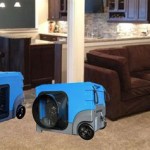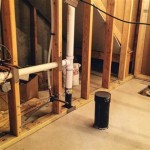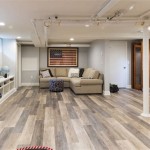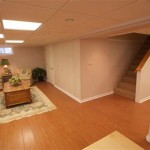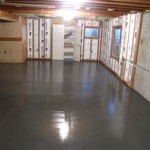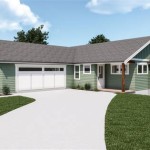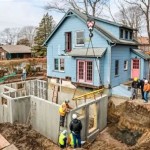Essential Aspects of Best Sound Insulation for Basement Ceiling
Transforming your basement into a livable and comfortable space requires addressing sound insulation effectively. Soundproofing the basement ceiling plays a crucial role in mitigating noise disturbances from above, ensuring a peaceful and serene environment. Here are the essential aspects to consider for optimal sound insulation:
1. Identifying Noise Sources
Determining the primary sources of noise is essential for targeted insulation strategies. Common sources include footsteps, voices, and vibrations from upper floors. By identifying these sources, you can prioritize areas for soundproofing.
2. Choosing Effective Insulation Materials
Selecting the right insulation material is key to achieving effective soundproofing. Opt for materials with high Sound Transmission Class (STC) ratings, such as:
- Acoustic fiberglass batts: Available in various densities and thicknesses, providing excellent sound absorption.
- Mineral wool batts: Made from recycled materials, offering high noise reduction capabilities.
- Soundproof drywall: Specialized drywall with a dense core that absorbs sound waves.
3. Proper Installation Techniques
Correct installation is vital for optimal soundproofing. Ensure that:
- Insulation batts are fitted snugly between ceiling joists, leaving no gaps.
- Soundproof drywall is installed with resilient channels or clips to prevent sound transfer through contact points.
- All holes and cracks are sealed with acoustic sealant to prevent sound leakage.
4. Addressing Flanking Paths
Sound can travel through alternative pathways, known as flanking paths. Seal potential flanking paths, such as gaps around pipes, electrical wires, and junctions between walls and the ceiling.
5. Sealing Air Leaks
Air leaks can compromise soundproofing efforts. Inspect for and seal any holes or cracks around light fixtures, vents, and other openings. Use acoustic caulk or expanding foam for effective sealing.
6. Considering Aesthetic Finishes
While soundproofing is essential, you don't have to sacrifice aesthetics. Use decorative moldings, fabric panels, or acoustic ceiling tiles to enhance the visual appeal while maintaining sound insulation.
7. Testing and Verification
After completing soundproofing measures, conduct a sound test to assess their effectiveness. Play music or generate noise from the upper floor and listen for any remaining sound transmission. Make necessary adjustments to achieve optimal results.
By following these essential aspects, you can effectively soundproof your basement ceiling, creating a peaceful and comfortable living space free from unwanted noise disturbances.

Soundproofing Ceilings How To Soundproof A Ceiling

Best Insulation For Soundproofing Your Ceiling Renoviso

Nova Basement Remodeling Soundproofing In

How To Soundproof A Basement Ceiling

What To Know About Soundproofing A Basement Ceiling

Soundproofing A Home Workshop Technical Details Two Teaching Videos

Bungled Basement Soundproofing The Expert

Soundproofing Basement Insulation Services In Denver Co

Soundproofing A Ceiling Sound Proofing Home Studio Music Basement

Should I Insulate My Basement Ceiling And Walls Aire Serv

